Rebuilding safer cities in the face of massive earthquakes Perspectives from building damage surveys following the Türkiye-Syria earthquake
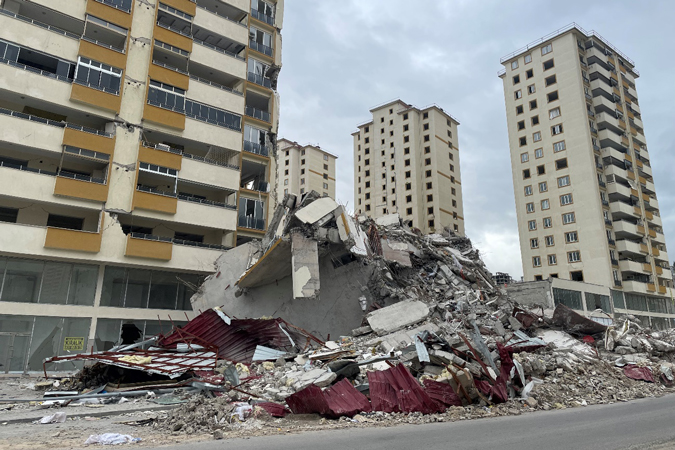
Many buildings were severely damaged as a result of the earthquake in Türkiye (Turkey) and Syria in February 2023. After carrying out field surveys in Türkiye a couple months later, Professor Koichi Kusunoki of the Earthquake Research Institute at the University of Tokyo explains what can be done to rebuild and make the region’s cities safer against earthquakes.
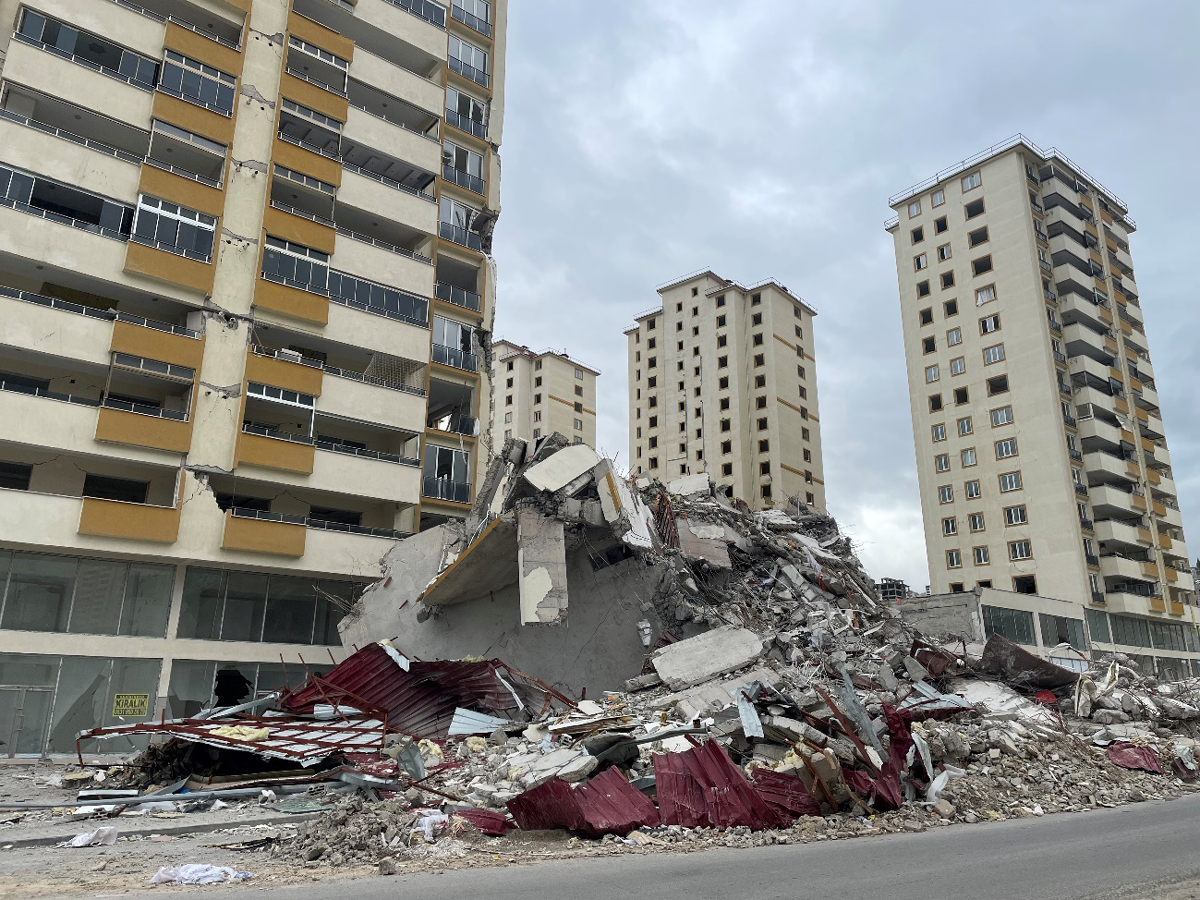
── Why did this earthquake result in such widespread building collapse?
The first possible reason is the strength of the shaking, which we would expect to damage buildings in earthquake-prone Japan as well. The seismic waves we observed in the Türkiye (Turkey)-Syria earthquake are similar to those recorded in Japan’s 2016 Kumamoto earthquake and 2011 earthquake off the Pacific coast of Tohoku, both of which exhibited particularly strong shaking. While mid- and high-rise buildings are generally said to be less affected by earthquakes, they are just as susceptible to sustaining damage from accelerated shaking with a long wave period.
Another reason to consider is the strength of the buildings themselves. The current seismic codes in Türkiye are on par with those in Japan, the EU and other parts of the world, and as one of the most prominent earthquake-prone countries, Türkiye has revised its seismic codes multiple times. But even a country like Japan, known for the quick rate at which it rebuilds buildings, makes use of buildings for as many as 40 or 50 years. So, in the event that design methods for new buildings are improved, they cannot be applied to older buildings that are still in use, which means that new regulations do not translate into increased safety across the entire city at once. When a natural disaster occurs, buildings with weaknesses and deficiencies are the first ones to suffer damage. Considering how many buildings collapsed in this earthquake, we need to investigate each case, one by one, to pinpoint where exactly the problems lay.
Designing buildings that “collapse safely”
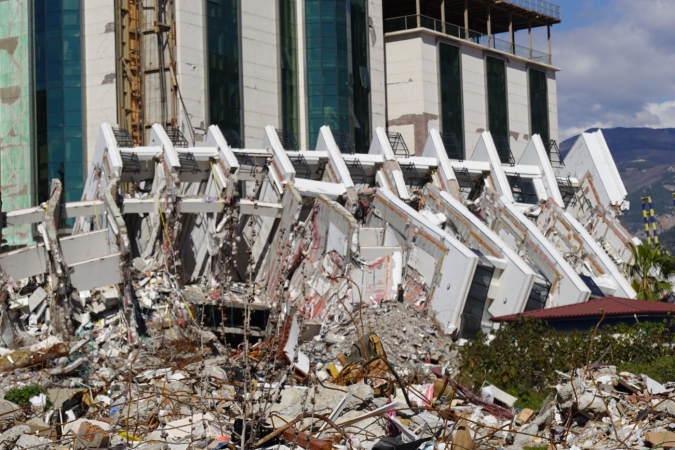
── What are some of the mechanisms behind building collapse?
There are two main ways that buildings collapse: like chewy candy and like glass. In the case of buildings that collapse like candy, which stretches under tension and resists snapping, the structure absorbs energy and deforms when damaged, allowing those inside time to escape.
In contrast, some buildings fall apart as soon as the degree of damage surpasses a certain threshold, much like glass breaking. These buildings fall when the columns supporting the weight of the building are damaged and all the floors collapse, making rescue extremely difficult. It is thought that many of the buildings that collapsed in this earthquake did so in this manner, creating an extremely dangerous situation in which buildings are instantly destroyed. In technical terms, this is known as a brittle fracture, and you may have seen it referred to as a “pancake collapse” as well.
── Is there a kind of building that can be considered “safe”?
No country constructs buildings that are resilient in all earthquake conditions and never collapse; we simply cannot establish a limit on the strength of an earthquake that could strike. Hypothetically speaking, if a building is designed to withstand a massive earthquake, it would have tiny windows and excessively thick columns, resulting in a structure that resembles a nuclear power plant or a fortress, and such a building is not suitable for living. Given the infrequency of large earthquakes, most buildings reach the end of their expected life span without incident and are then rebuilt. Because such social factors must be considered in earthquake-resistant design, in Japan, for example, buildings are designed to “collapse safely” in the event of a large earthquake, even if there is no guarantee one will occur in their life span. Being able to design buildings that collapse safely is one reason that we examine exactly how a building collapses when an earthquake occurs.
── How has research on building collapse been used to improve earthquake resistance?
In Japan, research on how buildings collapse began advancing after the 1968 Tokachi earthquake. It was found at the time that increasing the amount of reinforcing steel in building support columns was effective, and the law was revised to ensure a minimum area of hoop bars, which wrap around reinforcing steel in columns and beams, like belts, at regular intervals. Despite this measure, we once again saw many buildings collapse in the 1978 Miyagi earthquake, and the lessons learned from there led to the revision of the Building Standard Law in 1981. Until then, seismic design assumed that two or three strong earthquakes could occur within a building’s life span, but with the revision, new standards were applied to design with even stronger earthquakes in mind. Nevertheless, the revision still did not completely prevent homes from collapsing, including those due to brittle fracture, in the Great Hanshin Earthquake in 1995.
Little by little, the safety of buildings in various conditions has improved by not only revising design standards for new structures, but also by making seismic diagnosis mandatory for existing buildings and promoting seismic retrofitting. In the area of earthquake research, we have been collaborating with counterparts in Türkiye, a country with which Japan has held longstanding, deep ties. In fact, we were just about to launch our initiative to enhance the earthquake resistance of older buildings, when unfortunately, this earthquake hit.
Looking toward rebuilding
── What can Japanese earthquake research contribute to the areas affected by the recent earthquake?
First, it is necessary to investigate whether buildings constructed according to previous design methods collapsed, or whether buildings designed according to current standards were damaged, or whether there were flaws in the construction itself. With regard to rebuilding entire towns and cities, it is also important to survey the conditions of the ground. Because people have long lived in locations with good ground conditions, new residential areas have a tendency of being built on less firm ground. In places where entire towns or cities were damaged by the recent earthquake, we have to consider carefully whether to build on that land again.
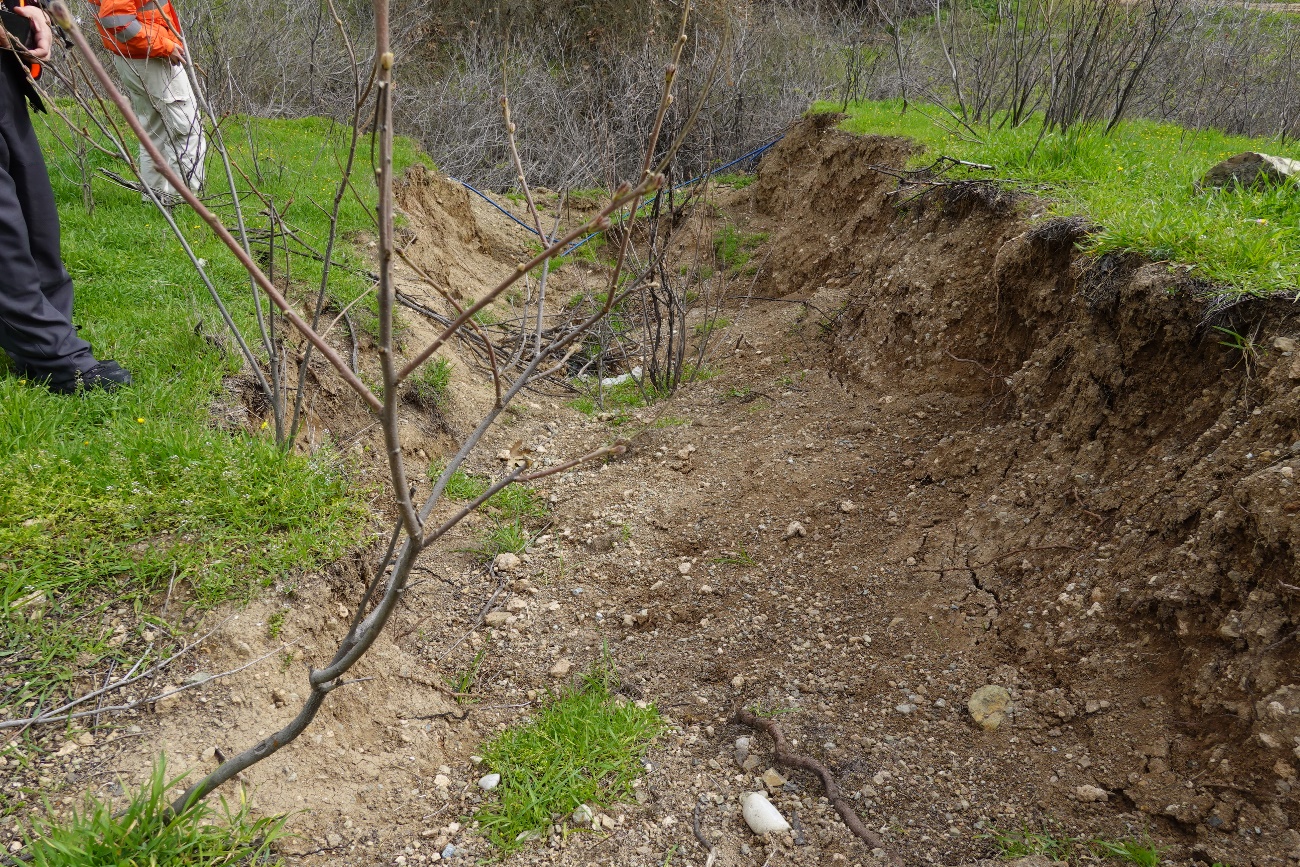
Next, it is important to adhere to building codes and rebuild structures that meet high earthquake resistance standards. In the future, the Japanese administration system may be used as a model for assessing buildings. We also believe that the Japanese government and Japanese research can help in many ways in overseeing the quality and management of materials.
── We hear that you visited Türkiye to conduct surveys on building damage.
I was in Türkiye from March 28 to April 4, 2023, conducting field surveys as the leader of a joint research team funded by the Architectural Institute of Japan, the Japan Society of Civil Engineers, and a Grant-in-Aid for Special Purposes from the Ministry of Education, Culture, Sports, Science and Technology. The main survey was on the damage to reinforced-concrete buildings, base-isolated buildings (in which the buildings are removed from the ground’s motions) and steel-structured buildings, as well as on ground damage. Extensive damage occurred over an extremely wide area of several hundred kilometers, and there were numerous examples of high-rise apartment buildings built to current standards that collapsed.
── What are your thoughts after your time in the field?
Recovery is beginning, so we need to examine quickly whether there are any problems with current building standards and construction methods, and apply those findings to new construction during the recovery process. We intend to continue this research in collaboration with Turkish researchers.
Once an earthquake occurs, the damage is immense, and many people die in an instant. To prevent this, it is important to not only improve building standards and design methods, but also to look at buildings that have already been built and reinforce them as necessary. However, this takes an incredible amount of time. Continuous and steady efforts are needed to make towns and cities safe. This is a path we must take, step by step, in partnership with the earthquake-prone countries of the world.
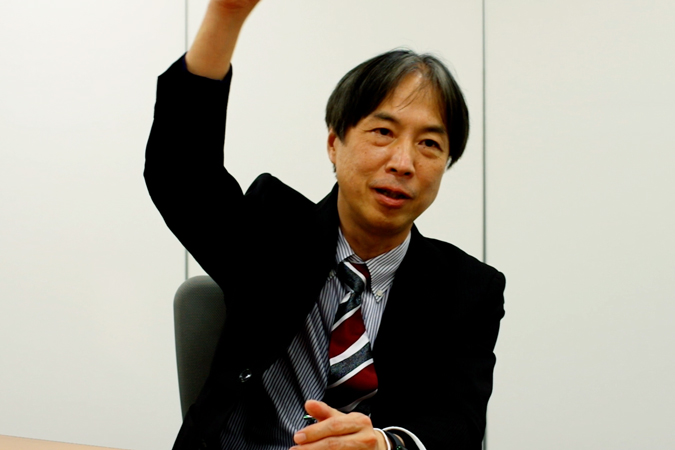
Koichi Kusunoki
Professor, Earthquake Research Institute, The University of Tokyo
Ph.D. (Engineering) from the Graduate School of Engineering at the University of Tokyo. Before assuming his current role in 2018, he held a number of positions, including working as an assistant at the Institute of Industrial Science at the University of Tokyo; a researcher at the Building Research Institute of the National Research and Development Agency; senior researcher at the Building Research Institute of the Incorporated Administrative Agency; associate professor at Yokohama National University; and associate professor in the Earthquake Research Institute at the University of Tokyo.
Related articles
1. Kusunoki, Koichi. (2019). Hyōgo-ken nanbu jishin (Hanshin-awaji daishinsai) (1995) — Hisaido chōsa to jishin kansoku — (“Southern Hyogo Prefecture Earthquake (Great Hanshin Earthquake) (1995): Damage surveys and earthquake observations”). Kenchiku bōsai (Journal of the Japan Building Disaster Prevention Association), vol. 500, p. 23.
2. Kusunoki, Koichi. (2015). Nepāru goruka jishin nihon kenchiku gakkai saigai chōsa kekka no sokuhō (“Preliminary Report on Nepal Earthquake Survey Results from the Architectural Institute of Japan”). Kenchiku bōsai (Journal of the Japan Building Disaster Prevention Association), vol. 454, pp. 16-19.
3. Kusunoki, Koichi. (1999). Toruko kojaeri jishin higai chōsa hōkoku (“Survey Report on Damage Caused by the İzmit Earthquake”). Kenchiku zasshi (Journal of Architecture and Building Science), vol. 114 (no. 1446), pp. 7-10.
Interview dates: March 9 and April 13, 2023
Interview: Yuki Terada, Hannah Dahlberg-Dodd
Photos courtesy of Koichi Kusunoki






